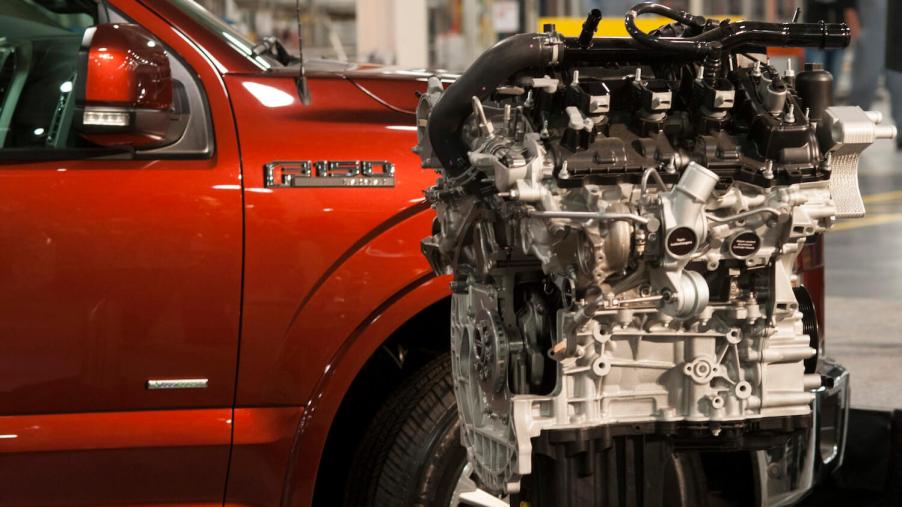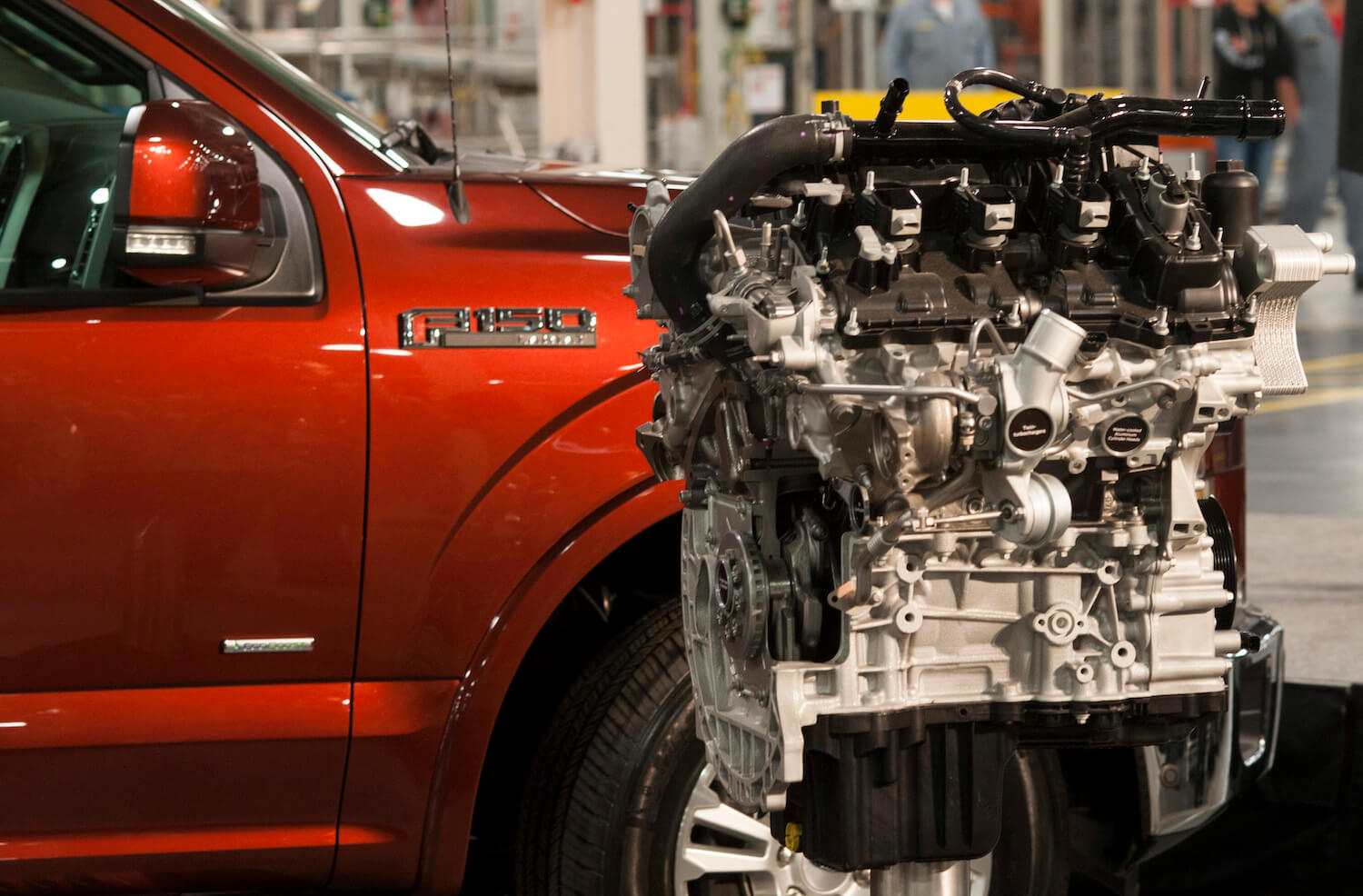
3 Most Common Problems With an EcoBoost F-150—According to a Mechanic
The 1A Auto company sells automotive parts, so they are invested in you knowing all about truck maintenance. That’s why 1A has a team of mechanics who take to Youtube to show you common vehicle problems and how to repair them. Read on for the three most common engine problems with an early EcoBoost Ford F-150. You can also keep scrolling to see 1A Auto’s video for yourself.
EcoBoost ignition misfire

One common F-150 issue is an engine misfire when one cylinder begins to fire intermittently or not at all. Lenny of 1A Auto shared that it might not be challenging to diagnose and even repair the problem yourself.
If your F-150 engine misfires, your check engine light will come on. To figure out what is causing the problem, you can use an OBD code reader, a Bluetooth code reader connected to your cellphone, or even go to the local auto parts store and ask about their testing services. An EcoBoost engine misfire will throw a code ranging from P0300 through P0306. Each number corresponds to a different engine cylinder.
Lenny added that the most common culprit of an EcoBoost engine misfire is a cracked spark plug or a worn ignition coil boot. If you’d like to try and solve this problem yourself, that’s an excellent place to start. Remove and inspect your spark plug. Look for a crack in its enamel insulator, often lined with sooty deposits. Also, examine the rubber boot that fits over the spark plug, connecting it to its ignition coil.
You may be able to solve this issue by replacing just one spark plug, or by replacing the ignition coil boot but not the entire ignition coil. But Lenny warned that if your truck is approaching 100,000 miles, you should consider replacing all your spark plugs at the same time.
Read more about the EcoBoost engine misfire issue.
Turbocharger intercooler condensation

One problem with the 2009-2014 F-150 EcoBoost engines is condensation inside the intercooler. The intercooler is the turbocharger cooler mounted in front of the radiator. Left unchecked, this problem can cause the engine to stumble or even misfire when accelerating.
Ford introduced the turbocharged 3.5-liter EcoBoost during the F-150’s 12th generation. The automaker obviously still had some things to work out, including the condensation buildup in the turbocharger’s intercooler.
Ford claims the fix for this problem is not expensive: simply remove the intercooler’s cover plate and reinstall it on the brackets at the bottom of the unit. Even though this is not a long procedure, you may still want to leave it up to a professional. But the good news is you won’t need to buy new parts or spend much on shop time.
Turbocharger coolant leak
One key feature of the Ford EcoBoost is its use of engine coolant to keep the turbocharger’s temperatures down. Unfortunately, first-generation EcoBoosts can suffer a coolant leak because of this. This issue might result in increased engine temperatures and a puddle of coolant (antifreeze) leaking from the back of the engine.
Often, the culprit of this coolant leak is simply the fittings connecting the coolant lines with the back side of the turbocharger.
You can certainly diagnose this problem on your own. Simply use a flashlight to search for liquid leaking from your turbocharger. If you find coolant leaking, you’ll want to have the turbocharger coolant fittings–as well as the lines they connect to–replaced.
Next, read three of the most common F-150 powertrain problems or watch the 1A Auto Youtube video for yourself below:



